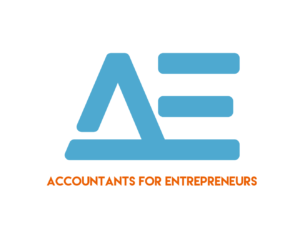
As a small business, when you get your footing, writing checks, processing deposits, and receiving and making payments is no big deal. However, as your records mount, your books become a nightmare, and your bank statement isn’t complimenting your cash balances. Furthermore, the bank is debiting you for items you can’t recognize, and some transactions are repeating themselves.
To avoid prematurely closing up shop, you might decide it’s time for bank reconciliation. The problem is, you’re not sure how it works and how often you should file it. If you’ve been see-sawing between whether to hire an accountant, now is the best time to do so.
What is Bank Reconciliation?
Before you jump on board with the first bookkeeping services you find, let’s first define bank reconciliation. Most business owners will record transactions in a cash book, reflecting a record of their cash account. After balancing the cash account, it’s customary to compare this against a bank statement to determine whether the two match. If they don’t, bank reconciliation can help correct discrepancies.
Typical causes of bank reconciliation include:
- A delay in check records
- A delay in the notice of client payments
- Debits on your account for bank charges or interest on monthly overdraft
The Benefits of Bank Reconciliation
Completing monthly bank reconciliation can help you avoid having to backtrack months into cash books to spot an error. The process is rich in benefits such as:
- Accurate and consistent accounting records
- Error prevention on financial statements
- Protection against fraud and lost revenue
- Accurate cash flow status, allowing you to pinpoint any issues as they occur
- Preparation for annual audits
How to Perform Bank Reconciliation
For any discrepancies that you need to reconcile, take note of the following steps.
Compare Your Cash Account and Bank Statement
Mark items that appear on both records and pay close attention to amounts that don’t.
Update Your Cash Book
For any items on your bank statement that reflect money in, increase receipts for those unmarked in your cash book.
Update Your Balance
After noting unmarked items and updating your cash book balance, you can refer to your notes to create a bank reconciliation statement.
Craft the Statement
If your bank has yet to record and deduct any amounts from your bank statement, enter these amounts along with your revised balance. Expect your bank to record these transactions next month. If you receive money at the end of a particular month, you’ll record these as deductions.
Conclusion
Bank reconciliations are the best method of making adjustments to inaccurate accounts. Ensuring that all accounting records are accurate, you and your accountant can catch errors before compiling other financial documents. With the right tools and a specialist ready to take on your accounting responsibilities, taxes don’t have to be as daunting as they seem.
At A4E, we make taxes for entrepreneurs an approachable matter and equip you with the best systems. Long gone will be your days of tirelessly jotting numbers on a growing pile of logbooks. With a free call and quick onboarding, you can focus on business operations that genuinely matter.
